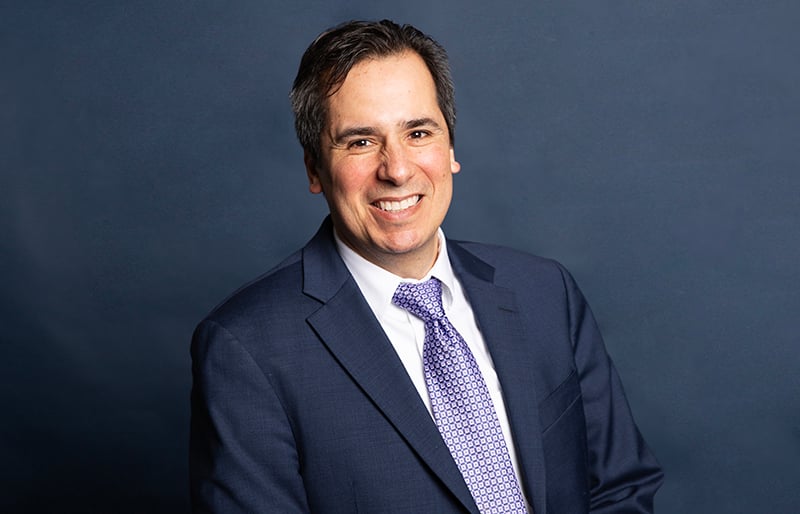Related >> New Reasons to Smile | 6 Tricks for Keeping Teeth White
Cosmetic dentistry is increasingly popular among both the public and practitioners but is not a specialty recognized by the American Dental Association. Dentists who want to specialize in cosmetic procedures can do so without obtaining certification or course work beyond a four-year dental education. Until recently, dental schools devoted little time to cosmetics, but that’s changing, says DC dentist Brian Gray, who lectures on aesthetics at dental schools and in postdoctorate programs.
“Schools are starting to teach cosmetics more because students are saying, ‘Look, we need to learn this stuff. We don’t want to learn how to do silver fillings that no one wants anymore,’ ” says Rockville dentist Patrick Murray.
Adds Murray: “There really is no true gauge out there for the public to know who is a real cosmetic dentist and who is somebody who went to a weekend course.”
Many general dentists develop cosmetic skills—and credentials—by enrolling in continuing-education courses, most of which last two to seven days.
One member organization for dentists who do cosmetic procedures is the American Academy of Cosmetic Dentistry. Any dentist or technician can join the AACD; the group has 6,200 members worldwide. Those who want to become accredited members undergo a three-step assessment: a written exam, presentation of five clinical cases, and an oral exam. The highest credential is that of fellow, which requires dentists to meet the criteria of an accredited member plus present an additional 50 cosmetic cases for evaluation.
There are 277 accredited AACD dentists and 44 AACD dentist fellows worldwide. Six fellows and six accredited members, including Murray, practice in the Washington region, according to the AACD Web site. The other accredited members are Martin Abel and Arthur Weiss in Rockville, Chip and Linda Steel in Sandy Spring, and Rena Vakay in Haymarket. Fellows are Sidney Markowitz in DC, H.R. Makarita in Oakton, Bradley J. Olson in Waldorf, Nils W. Olson in Frederick, Ronald Jackson in Middleburg, and Scott Finlay in Arnold, Maryland. Gray is a general member who has begun the accreditation process.
Another organization for cosmetic dentists is the American Academy of Esthetic Dentistry. Entrance into AAED is invitation-only.
AAED has 140 members worldwide, including three prosthodontists in the Washington area: Dan Sullivan in DC’s West End, Neil Starr in Dupont Circle, and Abraham Ingber in Bethesda.
To qualify for membership, a dentist has to be sponsored by three fellows in the organization and complete a comprehensive assessment.
Some dentists say that having work done by a member of such organizations doesn’t ensure that it will be better than work done by a nonmember dentist.
“It does show some competency, but it doesn’t guarantee they’re going to have better results,” says Michael Pollowitz, a general member of the AACD who has been offering cosmetic procedures in DC’s Spring Valley for 20 years.
Says Pollowitz: “I belong to six different study clubs, and we travel to different states when there is a course that would be of interest.” Of the accreditation process, he says: “I feel I personally surpass their requirements.”
According to Pollowitz, many dentists simply don’t bother to go through accreditation. He advises potential patients to ask dentists how many of a specific procedure they have done. Patients should also ask to see before-and-after photos of procedures. He warns that some dentists buy stock photos; although there’s no way to be sure the photos are legitimate, you can ask the dentist whether the pictures are of his or her work.
“Honestly, though, it’s about the relationship between the dentist and the patient,” Pollowitz says. “It’s about finding a dentist who is able to listen to what his patient wants and is able to offer realistic solutions.”
This article first appeared in the December 2010 issue of The Washingtonian.


















